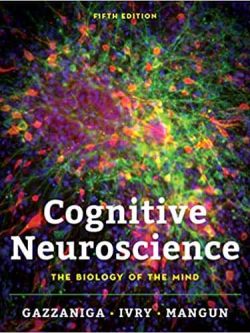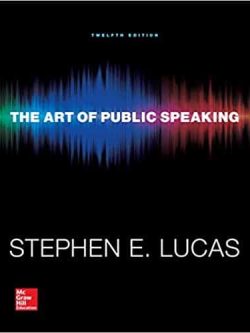Specifications
| book-author | Werner E. Kohler ; Lee W. Johnson |
|---|---|
| file-type | |
| isbn10 | 0321288351 |
| isbn13 | 9780321288356 |
| language | English |
| publisher | Addison Wesley |
Book Description
**”Elementary Differential Equations with Boundary Value Problems” (2nd Edition)** by Werner E. Kohler and Lee W. Johnson is a comprehensive textbook that introduces students to the foundational concepts and methods of differential equations, particularly focusing on solving ordinary differential equations (ODEs) and understanding boundary value problems. This book is suitable for undergraduate students in mathematics, engineering, and the physical sciences.
### **Key Features and Content Overview:**
#### **1. Introduction to Differential Equations**
– **Core Concepts:** The text begins with a clear introduction to differential equations, including definitions, terminology, and classifications. It covers first-order differential equations, emphasizing real-world applications.
– **Mathematical Modeling:** The authors incorporate numerous examples of how differential equations are used to model physical systems, biological processes, and engineering problems.
#### **2. First-Order Differential Equations**
– **Linear and Nonlinear Equations:** The text explains techniques for solving linear and nonlinear first-order differential equations. Methods such as separation of variables, integrating factors, and exact equations are introduced with step-by-step instructions.
– **Applications:** The real-world relevance of first-order equations is highlighted with applications to fields like population dynamics, chemical reactions, and fluid mechanics.
#### **3. Higher-Order Differential Equations**
– **Second-Order and Beyond:** The book extends the discussion to higher-order differential equations, particularly second-order linear equations. Topics include the characteristic equation, method of undetermined coefficients, and variation of parameters.
– **Mechanical and Electrical Systems:** Applications of second-order equations to mechanical vibrations and electrical circuits are covered in detail, showing how differential equations describe oscillatory motion and resonant systems.
#### **4. Series Solutions and Special Functions**
– **Power Series Solutions:** The authors introduce the method of solving differential equations using power series, particularly for equations with variable coefficients.
– **Special Functions:** The book provides an overview of important special functions such as Bessel functions and Legendre polynomials, which arise in the context of solving boundary value problems in physics and engineering.
#### **5. Laplace Transforms**
– **Transform Methods:** The text covers the Laplace transform as a powerful technique for solving linear differential equations, especially those with initial conditions and discontinuous forcing functions.
– **Inverse Transforms:** The book emphasizes how to apply the inverse Laplace transform to solve differential equations and manage complex boundary value problems.
#### **6. Boundary Value Problems**
– **Boundary Conditions:** The authors provide a thorough exploration of boundary value problems, including both Dirichlet and Neumann conditions. Emphasis is placed on the importance of boundary conditions in defining physical systems.
– **Applications in Heat and Wave Equations:** The book demonstrates the application of boundary value problems to partial differential equations, particularly in solving the heat equation and the wave equation in various domains.
#### **7. Systems of Differential Equations**
– **Coupled Systems:** The text explains how to handle systems of linear and nonlinear differential equations. Methods such as matrix algebra and eigenvalue techniques are used to analyze systems of equations.
– **Applications to Biology and Engineering:** Real-world examples include predator-prey models in biology and multi-mass systems in mechanical engineering.
#### **8. Numerical Methods**
– **Approximate Solutions:** The authors introduce numerical methods for solving differential equations when exact solutions are difficult or impossible to find. Methods include Euler's method, the Runge-Kutta method, and finite difference approaches for boundary value problems.
– **Computer Implementation:** The text encourages students to use computer software to implement numerical solutions, preparing them for more complex problem-solving in scientific and engineering contexts.
#### **9. Partial Differential Equations**
– **Introduction to PDEs:** While primarily focused on ODEs, the book also introduces partial differential equations (PDEs) and their applications, particularly in heat transfer, fluid dynamics, and electromagnetism.
### **Conclusion**
**”Elementary Differential Equations with Boundary Value Problems” (2e)** offers a detailed and accessible guide to understanding both ordinary differential equations and the more advanced boundary value problems encountered in various scientific fields. The combination of theoretical explanations, practical methods, and real-world applications makes it a valuable resource for students seeking a solid foundation in differential equations.









Reviews
There are no reviews yet.